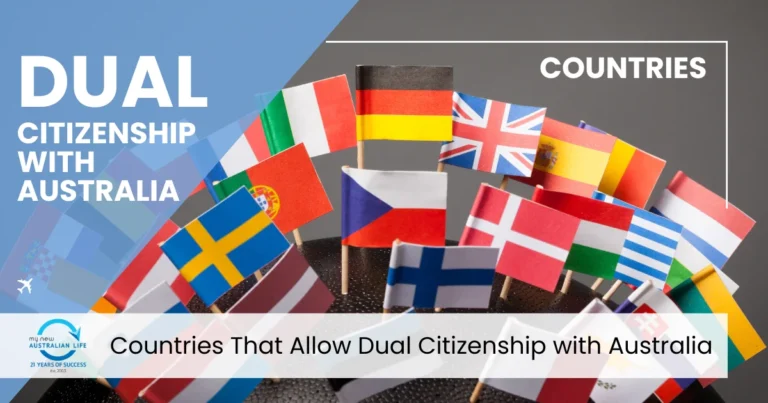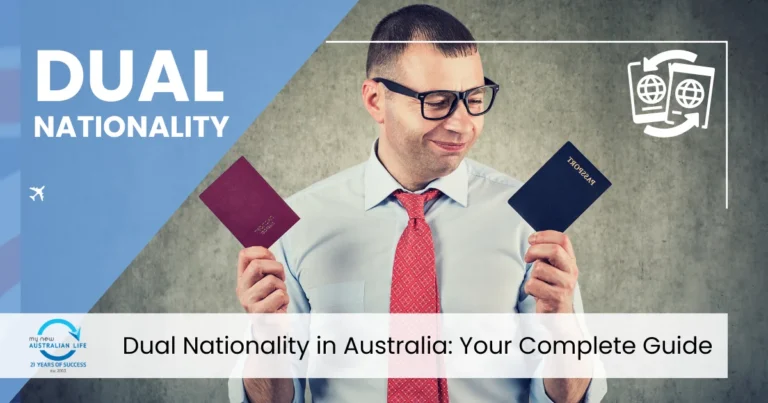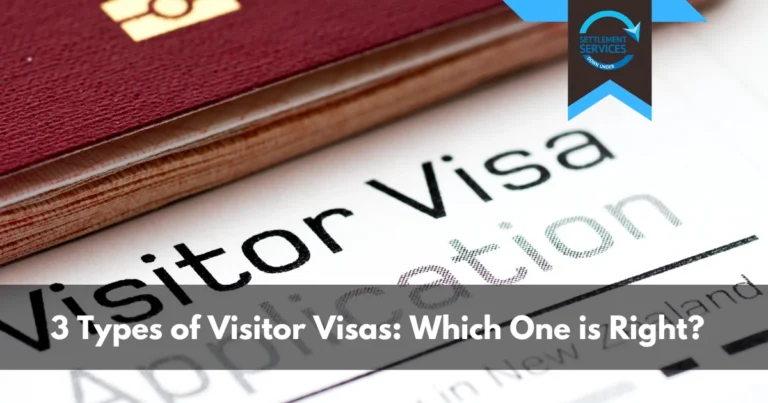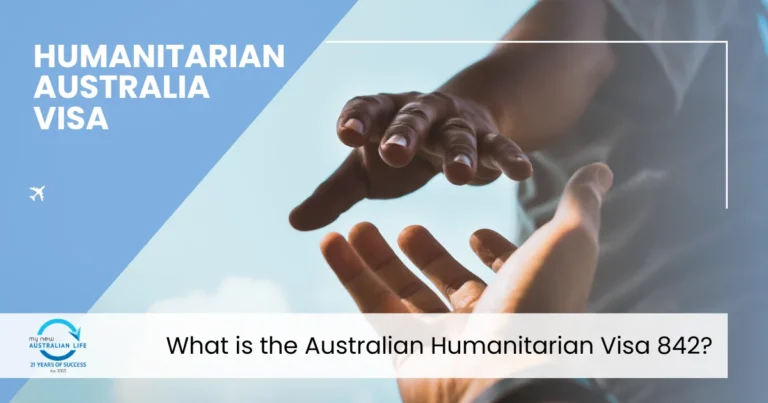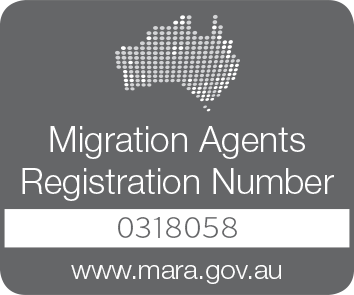What is the Subclass 300 Marriage Visa?
The Subclass 300 Prospective Marriage Visa, also known as the Fiancé Visa, is a temporary visa that allows an engaged spouse, wife, or partner of an Australian citizen, permanent resident, or eligible New Zealand citizen to come to Australia to get married. Once married, visa holders can apply for a Partner Visa (Subclass 820/801) to stay permanently.
Marriage Visa (Subclass 300) Processing Time in 2025
Processing times for the Prospective Marriage Visa (Subclass 300) depend on factors such as application volume, document completeness, and security checks.
| Processing Stage | Estimated Timeframe (2025) |
|---|---|
| 90% of applications finalized | Within 12-16 months |
| 75% of applications finalized | Within 8-12 months |
| Complex cases or additional document requests | 18+ months |
Factors Affecting Processing Time in 2025
- Country of Application – Processing times may vary based on the applicant’s home country.
- Relationship Evidence – Stronger proof of a genuine spouse or partner relationship can help avoid delays.
- Health and Character Checks – Additional medical or background checks may extend processing times.
- Document Accuracy – Any missing or incorrect information can cause delays.
- Application Volume – High demand for visas can increase wait times.
Cost of the Marriage Visa (Subclass 300) in 2025
How Much Does the Marriage Visa Cost?
The cost of the Subclass 300 Visa varies based on the number of applicants:
| Application Type | Cost (AUD) |
|---|---|
| Primary Applicant | $8,850 |
| Dependent (18 and over) | $4,425 |
| Dependent (Under 18) | $2,215 |
🔹 Note: Extra costs apply for health checks, police clearances, and relationship documents.
Additional Costs in 2025
✔ English Language Test (if required): $250 – $400 AUD
✔ Health Examinations: $350 – $500 AUD per applicant
✔ Police Clearance Certificates: $50 – $100 AUD per country
✔ Certified Translations of Documents: $50 – $200 AUD
Steps in the Marriage Visa (Subclass 300) Application Process
- Check Eligibility – Ensure your spouse, wife, or partner is an Australian citizen, PR holder, or eligible New Zealand citizen.
- Gather Required Documents – Prepare proof of your relationship, identity documents, police checks, and medicals.
- Submit the Visa Application – Lodge the Subclass 300 Visa application online with supporting documents.
- Wait for a Case Officer to Assess Your Application – Immigration officers will review your relationship evidence and supporting paperwork.
- Complete Health & Character Checks – Undergo medical examinations and provide police clearance.
- Receive Visa Grant Decision – If approved, you will be granted a 9-month visa to enter Australia and get married to your spouse or partner.
Common Reasons for Marriage Visa (Subclass 300) Refusals in 2025
The Prospective Marriage Visa can be refused due to:
- Insufficient Relationship Evidence – Not providing enough proof of your genuine spouse or partner relationship.
- Failure to Meet Eligibility Requirements – If your wife or partner is not eligible to sponsor you.
- Incomplete or Incorrect Documents – Missing or inconsistent paperwork can lead to refusal.
- Failed Health or Character Checks – Health issues or past criminal records may affect the outcome.
- Financial Dependency Concerns – If the applicant is not financially stable, additional evidence may be required.
- Inconsistencies in Statements – Mismatched details in partner interviews can raise concerns.
Success Tips for a Marriage Visa (Subclass 300) Application in 2025
✔ Provide Strong Relationship Evidence – Include photos, travel records, messages, and financial documents proving your spouse, wife, or partner relationship.
✔ Meet Visa Financial Requirements – Your partner should show financial stability to support you.
✔ Submit Medical & Police Checks Early – Delays in health or police checks can slow your application.
✔ Ensure Consistency in Statements – Avoid contradictions in your application or interviews.
✔ Apply for a Partner Visa (820/801) After Marriage – This ensures you can stay permanently in Australia with your wife or spouse.
FAQs – Marriage Visa (Subclass 300) Processing Time (2025)
How long does the Subclass 300 Visa take in 2025?
The processing time for a Marriage Visa in 2025 is approximately 12-16 months, depending on the complexity of the application.
Can I enter Australia while my Marriage Visa is being processed?
No, the Subclass 300 Visa must be applied for and granted offshore before you can enter Australia.
What if my wedding is delayed after I get my visa?
You must marry within the 9-month visa validity period. If delays occur, you may need to apply for a new visa or request an extension.
Can I include my children in the Marriage Visa application?
Yes! You can include:
✔ Dependent children under 18
✔ Children over 18 (if financially dependent)
Is the 300 Visa a permanent visa?
No, the Subclass 300 Visa is a temporary visa. You must apply for a Partner Visa (820/801) after marriage to become a permanent resident.
What happens if my 300 Visa is refused?
If your visa is refused, you may:
✔ Appeal through the Administrative Appeals Tribunal (AAT)
✔ Submit a new application with stronger documentation
The processing time for a Marriage Visa in 2025 is approximately 12-16 months, depending on the complexity of the application.
No, the Subclass 300 Visa must be applied for and granted offshore before you can enter Australia.
You must marry within the 9-month visa validity period. If delays occur, you may need to apply for a new visa or request an extension.
Yes! You can include:
✔ Dependent children under 18
✔ Children over 18 (if financially dependent)
No, the Subclass 300 Visa is a temporary visa. You must apply for a Partner Visa (820/801) after marriage to become a permanent resident.
If your visa is refused, you may:
✔ Appeal through the Administrative Appeals Tribunal (AAT)
✔ Submit a new application with stronger documentation
Start Your Marriage Visa (Subclass 300) Application in 2025!
Want to bring your spouse, wife, or partner to Australia? Get expert guidance to ensure a smooth and successful Marriage Visa process.
📩 Contact us today for a FREE assessment and take the next step toward your future in Australia with your loved one!



